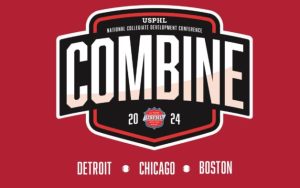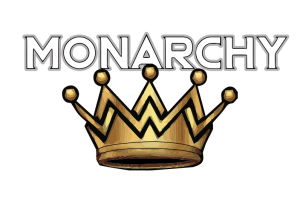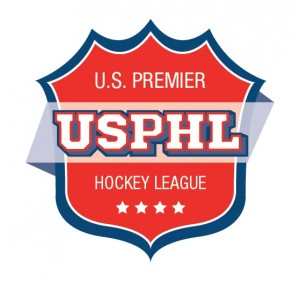Chalk Talk: Don’t underestimate chemistry

As hockey coaches, we spend a great deal of time developing our practice plans. We’re also very diligent with our dryland workouts and, of course, our in-game strategizing, but in my opinion not enough emphasis is given to the unsung hero relative to team success.
That’s team chemistry.
While it’s becoming more and more apparent how critical team chemistry is to a team’s ultimate success, it’s still not the norm often enough that coaches are making it a priority and a regular part of their coaching methodology.
Certainly developing your players’ individual skills is an important part of every coach’s assignment. Players want and need to improve their skill sets in order to be competitive and enjoy the game. There’s no doubt that having a well-conditioned team is an important element of successful teams as well, but what very often separates the champions from the also-rans is that intangible called team chemistry.
The classic example of a team that became so well-bonded that they were able to conquer everyone in their path is the 1980 U.S. Olympic hockey team. What coach Herb Brooks, assistant Craig Patrick and Olympic committee member Lou Nanne were able to do with that group of college hockey players was an absolute miracle. And the chemistry that made the 1980 Olympic team believe in each other was that intangible, but necessary, element that set them apart from every other team they faced as their improbable run took shape.
Their victory over the Russians, while not the actual gold-medal game, was the epitome of what a team that had amazing chemistry could accomplish against a much more talented opponent. When announcer Al Michaels asked that memorable question: Do you believe in miracles? What he really could have asked is: Do you believe in team chemistry?
The most recent Stanley Cup champions, the Los Angeles Kings, are another excellent example of a team with great team chemistry. Whenever a player was interviewed during and after the Stanley Cup Finals, they would invariably talk about the bond the team had established and how they were playing for each other.
Team chemistry can and should be developed at every age group. The best part of this process is that it takes place not only on the ice, but in the locker rooms, in the rink hallways, and the hotels and restaurants along the way.
It doesn’t just happen on its own though. Every hockey team is like an intricate puzzle, and team chemistry is what allows you to complete and hold the puzzle together. Coaches and team managers need to be aware of every opportunity that presents itself that will allow players to interact and bond.
The art of creating the right bond, and ultimately strong team chemistry, is where good coaches make the difference, and it starts on the very first day of tryouts and continues every day until the season ends. In my opinion, developing that bond, that chemistry between everyone, is really the best part of coaching.
Larry Bruyere is the coach-in-chief of USA Hockey’s Pacific District and also operates Channel Islands Ice Center.








